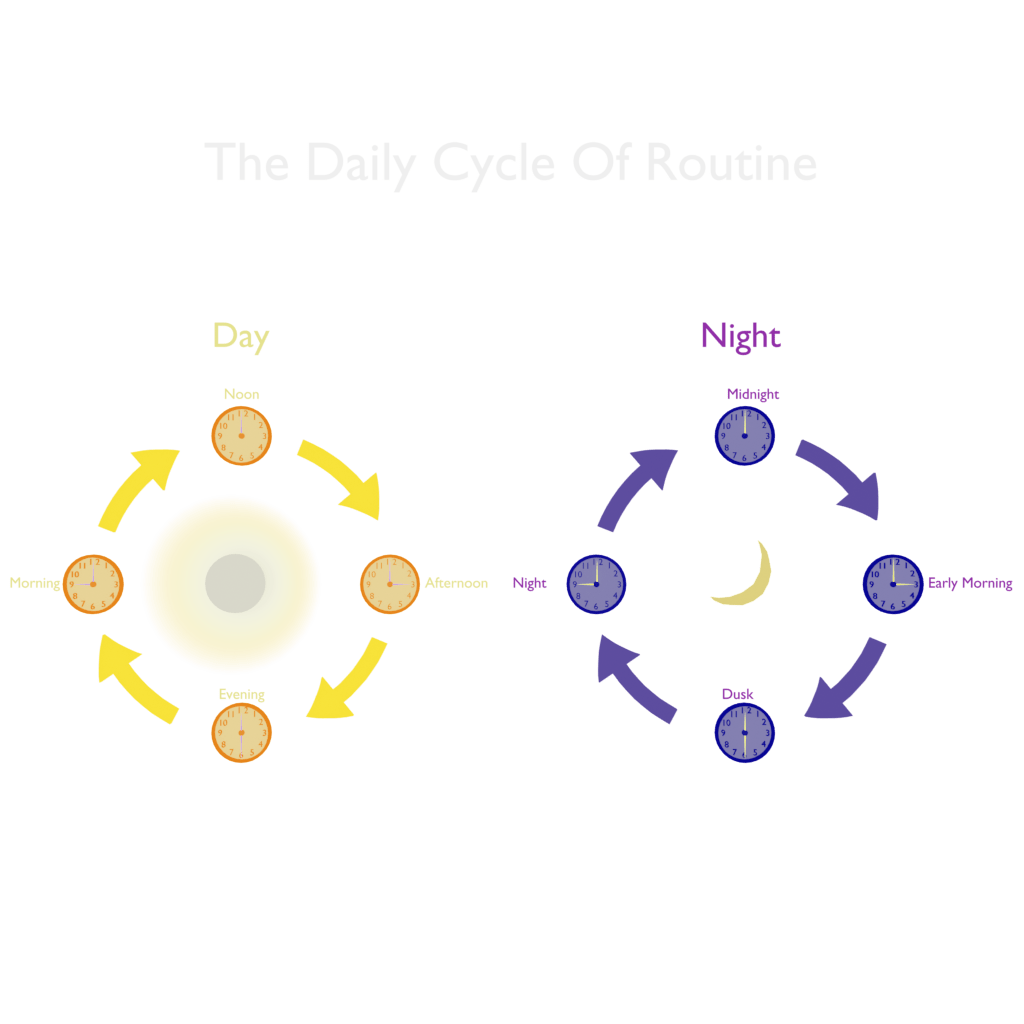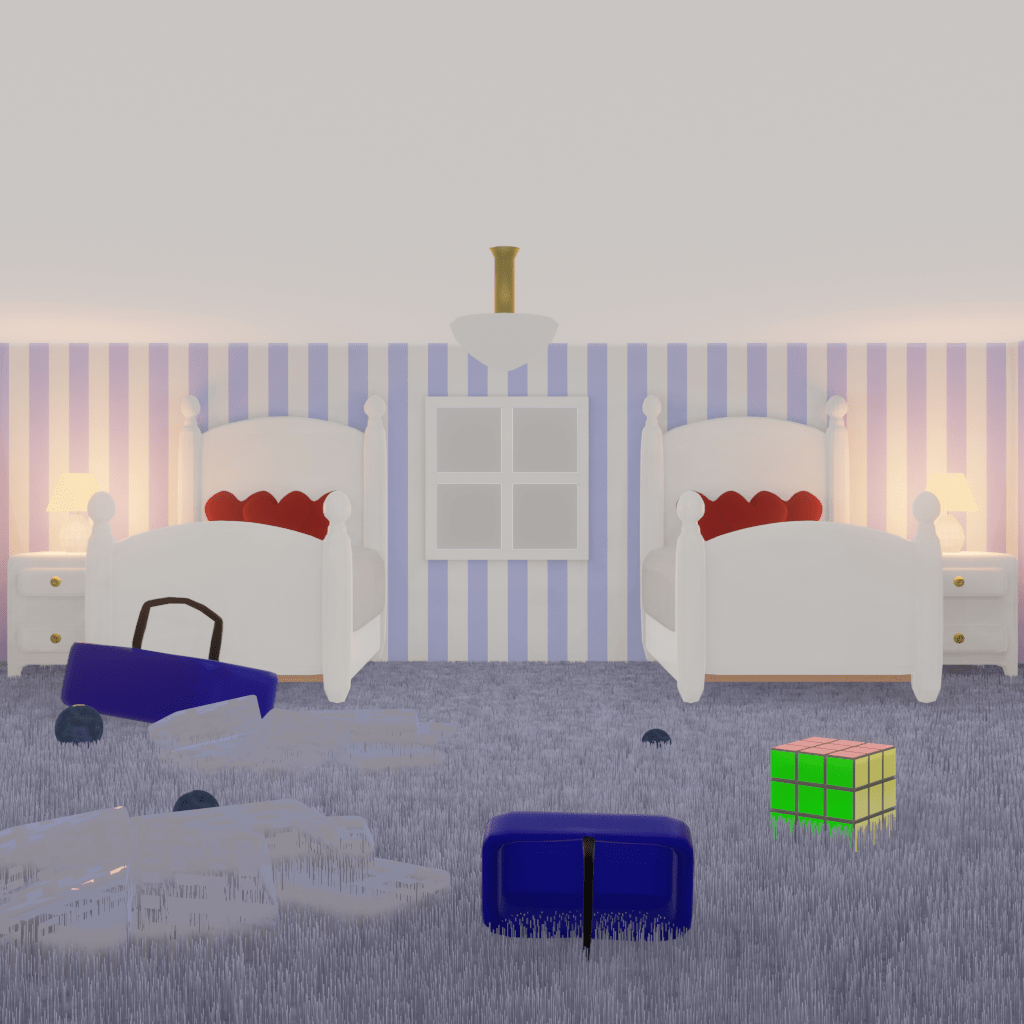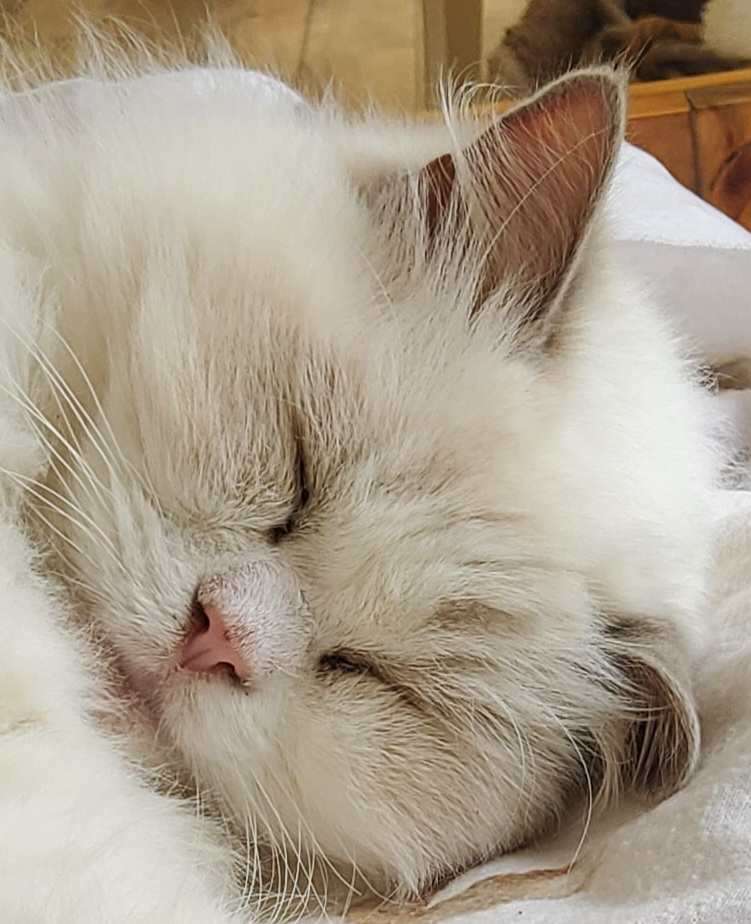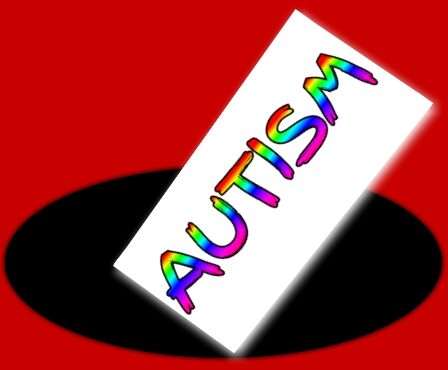Introduction
Getting up on time, brushing teeth twice daily, dressing, eating breakfast and so on during the day is part of our normal daily lives. It sounds simple right? What if I told you that this simplicity of keeping routines every day is much harder for individuals with ADHD but not for autism? You may be asking this question:
“
How can this conflict even arise?
“
In this blog post I break down why routines are essential for managing autism, my experience with ADHD’s conflict in routines and the crucial role that routines can play in controlling the symptoms of ADHD.
Why I Find Routines A Challenge
Adult individuals such as myself who have ADHD look for new things and move back and forth chaotically between hyperfocus and disruption. Although routines can somewhat help with predictability, it seems to me that going my own way helps create a path of least resistance throughout my day. This helps me get tasks done without becoming tired by trying to control my symptoms. (Green, R. 2024).
This intense cycling between focusing on things and disruption as well as having impaired executive functioning (which is located in the frontal lobe of the brain) is why I find a routine to be unfeasible with ADHD despite having autism because it causes so much stress for myself. As a result, I prefer to be without a scheduled routine, creating my own each day.
My delayed sleep phase disorder compounds the problem by causing my circadian rhythm to be out of sync with the time of day, which makes me tired, irritable and unwilling to cooperate (which also leads to meltdowns). This asynchronous (out of sync) circadian rhythm or “body clock” makes it much harder for me to properly keep to a strict routine throughout the day, and I usually require a lot of help when organising and planning important days.
This chaos worsens three times a week when I have regular scheduled appointments. In my experience, staying up past 1am not only leads to poor behaviour and low mood on these days, but also has a negative impact on others.
Why A Routine Is Crucial For Autism & ADHD
A structured and well-organised daily routine is crucial for those living with autism because daily living becomes more stable, lessening anxiety and increasing the sense of safety. Routines simplify stress management and also can help with sensory overload in some cases.
Individuals who have autism need to be notified of changes being made in advance because change is not easy for an individual with autism. Because autism affects every individual with the disorder differently, some are okay with minor changes whereas others are definitely not okay with the slightest change. The mere uttering of the word “change” may even cause the individual to become heightened and have a meltdown because some individuals who have autism are so content with the way things are, that they will not want anything to change.

The creation of a routine can be done in many diverse ways which include mobile phones, electronic mail (email), face-to-face communications or snail mail (letters). A routine is a schedule that has been carefully planned out to accommodate each morning, afternoon and evening along with any activity such as chores, physical recreation, a workout, jobs and snack time. Individuals who have autism enjoy routines because they enjoy a rigid way of life that does not change much. Life constantly changes however and this can disrupt schedules for some individuals. (Autism Spectrum Australia, 2024).
Adult individuals who have ADHD often dislike routines because the only structures we’ve been taught were designed for neurotypical people. Studies have found that that grownups with ADHD and neurotypical individuals often have very contrasting views of the world. For instance, undertaking an errand can be challenging, but once focused, the errand becomes much more straightforward to complete.
Because of these contrasts, it is critical for individuals with ADHD that their behavioural patterns are optimised for our daily routines. Otherwise a routine can feel invalidating and unworkable, as if using the wrong device for the task.
Creating routines that are especially designed for ADHD can benefit us by allowing us to be more in line with daily life. For instance, if the routine has 25 different tasks indicated in a chaotic way (such as give the pooch food, prepare lunch, check the children’s homework, book an appointment with the dentist and finish preparing lunch), a grownup individual with ADHD is to be expected that they would fail to remember what task is at hand, grapple with seeing time or dawdle in their adaptation to the new routine. Conversely, if the errands are well-planned but feel tedious (such as cleaning your teeth, dishwashing etc), it may feel challenging to get started.
Pitching related errands together and building on more energising activities to create structure can add dopamine to routines and allow them to be more caring of ADHD mindsets. Accomplishing this can inspire more stability and make practices more useful for those with ADHD. (Rapson, S. 2024).
Why Routines Are Challenging For My ADHD
In individuals who have ADHD, the ability for the brain’s prefrontal cortex to control emotions, thoughts and actions (also known as executive functioning) is dysregulated. (Wikipedia contributors, 2025). In my experience, this makes following and maintaining routines very difficult and stressful.
In childhood, I really disliked routines because it required intense focus, which I found difficult and was not aligned with my hyperactive brain at that time.
This made following strict school routines and meeting school deadlines very difficult for me during my childhood and adolescence. The weekday school run routine to pick up my elder siblings from their schools I also found very challenging because of my ADHD.
I usually tend to follow routines fine at first but then slowly disintegrate and revert back to a chaotic and disorganised way of life. I have also found that setting a timer to shutdown my computer at 1am does little to help prevent me from staying up past my bedtime and into the early hours of the morning because I click cancel on the timer pop-up window, as this visual interruption does not break my hyperfocus. ☀️
A room that is messy and untidy as illustrated below, indicates what a life without routines looks like. ADHD is incompatible with most routines as they fail to interrupt a hyperfocus.

While setting audio alarms on my computer tablet sometimes does help, I am likely to sleep through these alarms even when they are set to a very loud volume. This is because of my delayed sleep phase disorder delaying my sleep cycles, causing me to be in a deeper phase of sleep from which I am unable to wake up from, which makes me sleep through my alarms. 😆
How I Viewed Routines: Then And Now
In my teenage years, I viewed routines as something that greatly subtracted from my everyday freedoms and autonomy, “locking” me into a monotonous “routine” where I would be expected to conform to society’s routines every day, including the standard sleep/wake cycle and do every task at once. There seemed to be a great urgency to every day in society.
I interpreted these changes as negativity, arising from seeing my friends moving on in life to work part-time jobs & study at university, even on my birthday. I really minded about this because I felt left behind and it disrupted what should have been a good time. This is why I always resisted to connect with society, by not following any kind of routine for a very long time. I viewed routines as extremely restrictive in the scope of autonomy and being able to live my life with agency.
Though I may have a more positive outlook on routines today and see their benefits, than in the earlier years of my life, I still have difficulty in keeping a routine in the usual sense that most adults have today. I am still a work in progress but have improved a lot.
As I often have a lot of hyperfocus interspersed with periods of disruption due to my ADHD, these tasks are hard to keep track of and require me to keep an eye on my sleep schedule as I have no perception of time. Sometimes I can function well on my own made-up routine, other times my sleep cycle is reversed because I slept during the day or too late at night due to my DSPD and cannot function on my own routine for weeks on end. You could best describe my own routine as “fragmented” in a sense.
Princess Lilli Lilac

Lilli also plays a part in my daily routine because she requires me to feed her every day (I am reliant on my carer to feed her at 6am each morning). For neurotypical individuals, keeping the feeding time of a pet motivates them to keep their routines, but for individuals with ADHD this isn’t usually the case and can lead to further disruption of routine.
Despite the loud demands that Lilli often makes to me for her cat biscuits and letting her outdoors, which interrupts my hyperfocus and sleep, we have developed a very deep friendship that will never expire. 💜
Disclaimer: The information provided in this blog post comes from my personal understanding and experiences with routines and should not be relied upon as guidance. I recommend researching and trying your own custom routine to see what is best.
Conclusion
I hope you may have learned something new about why routines are essential for autism and why individuals with ADHD such as myself often struggle with keeping a routine so much. Feel free to share your thoughts in the comments below and I will see you on the next blog post! 📪
References
Autism Spectrum Australia. (2024, September 10). The role of routine in supporting people on the autism spectrum. https://www.aspect.org.au/blog/the-role-of-routine-in-supporting-people-on-the-autism-spectrum
Green, R., & Eggleston, C. (2024, March 8). How embracing the chaos helps my ADHD. Verywell Mind. https://www.verywellmind.com/how-embracing-chaos-helps-adhd-6822021
Rapson, S. (2024, May 28). Getting help with ADHD and routines. https://www.unconventionalorganisation.com/post/getting-help-with-adhd-and-routines
Wikipedia contributors. (2025, April 9). Executive functions. In Wikipedia, The Free Encyclopedia. Retrieved 00:07, April 11, 2025, from https://en.wikipedia.org/w/index.php?title=Executive_functions&oldid=1284747737
